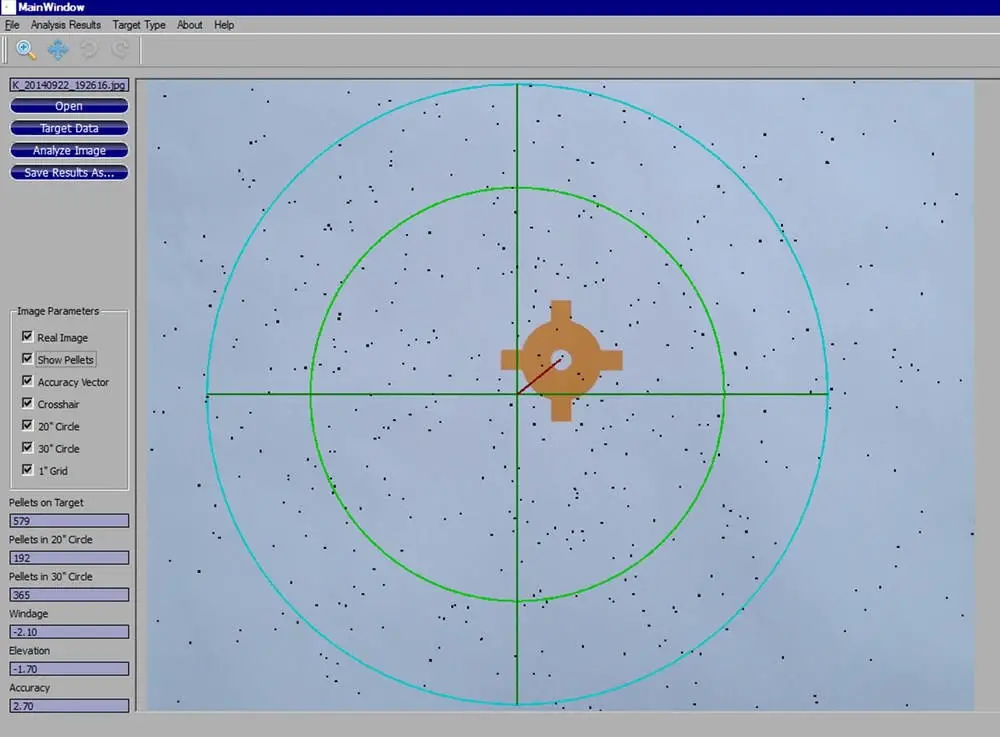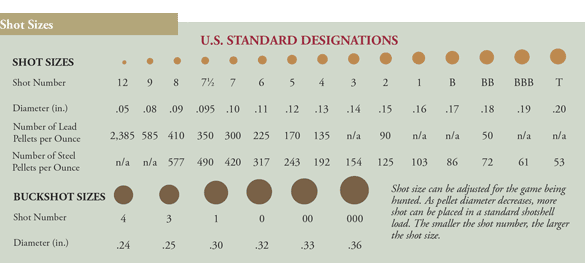


FINALLY: A Better Way to Pattern your Shotgun?
For countless years, shotgun enthusiasts have mused about shotshell patterns, shotgun shell performance, and choke performance, largely to no avail. You've heard it all before, the “good” pattern, the pattern that “really” crushes clays, the pattern that “really” drops birds like rain, the pattern that hits like a ton of bricks, the pattern that “traumatizes” game birds.
Very, very few folks properly pattern their shotguns, for understandable reasons: it is a drag. It is horribly time-consuming, boring, and tedious. So, instead of gaining any actual understanding of what shotshell / choke combinations actually do, the generally worthless practice of “reading” breaks, shooting at snow or water, or popping a round into a grease-plate is a more popular path. We like to eyeball things, then bicker about what we only guessed at. And we waste a lot of money, thinking that so-called back-boring, porting, longer forcing cones, and cryogenically treated barrels actually do something, other than having a pattern of emptying out our wallets.
Yet, standards for shotshell pattern performance have long been in place: the percentage of pellets in a 30 inch circle at 40 yards. That standard applies to all gauges, all shotguns. Yet, it is largely ignored, in practice.
Here's a simple, direct question. In your gun, with the choke you are using, and the shell you are using, how many pellets are you putting in a 30 inch circle? How many pellets in a 20 inch circle? Not one in a thousand shotgun enthusiasts have any clue and never have: for properly patterning shotguns is a royal pain in the rump roast.
An outfit called Target Telemetrics (http://www.targettelemetrics.com/) has changed all that. They have developed and patented 42 x 48 inch targets that can be quickly read and analyzed by their software, yielding fast and precise pattern information like never before.
I have some of the targets here, with more on the way. The latest software version is set for release in a few days. Here's how it works.
You set up a Turbo Target at 40 yards, fire your pattern, and take a picture of it with most any digital camera (or recent smartphones) while the target is still standing. The JPEG image from your point and shoot camera is read by the software, and you get precise pattern info. The output from the program looks likes this:

Apparently, what they call “accuracy” is actually pattern offset, as indicated by the red line in the image. In the example image, you know that you just put 365 pellets in a 30 inch circle, and that your point of impact is 2.1 inches to the left and 1.7 inches low. This will prove to be a very easy way to check barrel regulation on your O/U or SxS shotgun, with precision.

Using this software with the patented Turbo Target targets is claimed to read down to #9 shot without issues. Even grading a pattern with 1-1/8 oz. of #8 shot is a time-consuming pain, for that's about 461 pellets. This product won't be for everyone, for the proprietary targets themselves are expensive to produce and ship. But, for the better full-service gun clubs, it is going to be something they will want to have on hand. For anyone that wants to get the most out of their shotgun (and has endured pellet-counting), they will have to have it. It means precise information, quickly, with no guesswork.
It helps report with exactitude on whether chokes marked "Modified" actually are, whether barrels shoot to point of aim (or not), whether the "better" shotshell actually is (or not), whether all the gizmos promised to "put more pellets in the critical zone" actually do, or not, with precision.
An approach like this is as unbiased as you can get. How bad are promo loads? How good are premium loads? How do your reloads compare? Who makes the best turkey load, the best turkey choke? What shotguns pattern the worst out of the box, what shotguns pattern the best, and how much of a difference is there, really?
To get results that are accurate and shareable, you need a couple of basic things: better than 5 megapixel images (the iPhone 5, introduced in 2012, has an 8MP camera) and the images need to be in focus. Inexpensive pocket cameras have been at 10, 12, up to 18MP for a good long while: http://randywakeman.com/ReviewPanasonicLumixZS15vCanonSX230HS.htm. In this application, zoom range is unimportant, and most folks already have suitable pocket cameras or smartphones. Suitable point and shoot cameras can currently be had for $75 or so, if needed.
So, that's the basics and soon I'll be able to report on how well it all works. The first field-testing example is here: http://randywakeman.com/ShotgunAnalyzerExampleTargetTelemetrics.htm .
Copyright 2014 by Randy Wakeman. All Rights Reserved.




